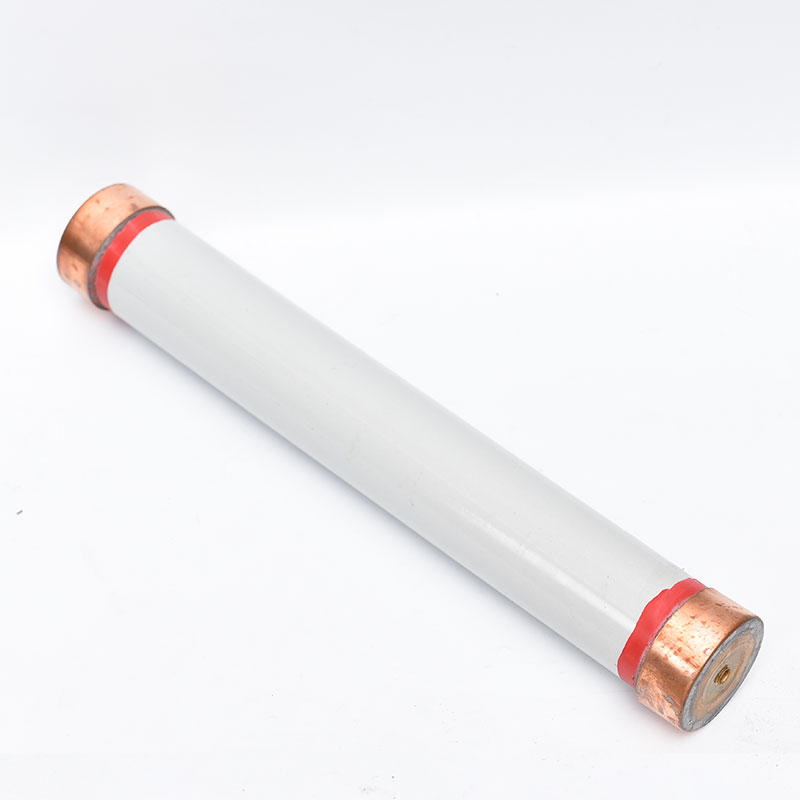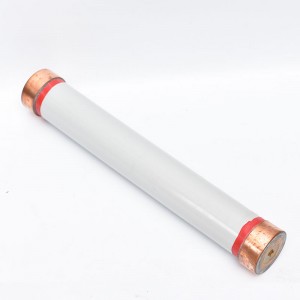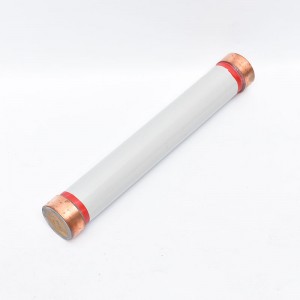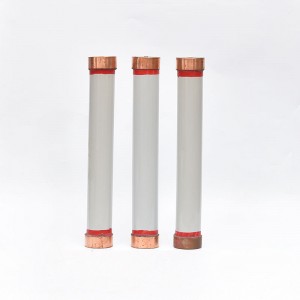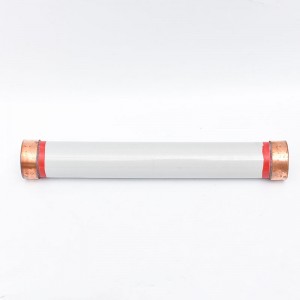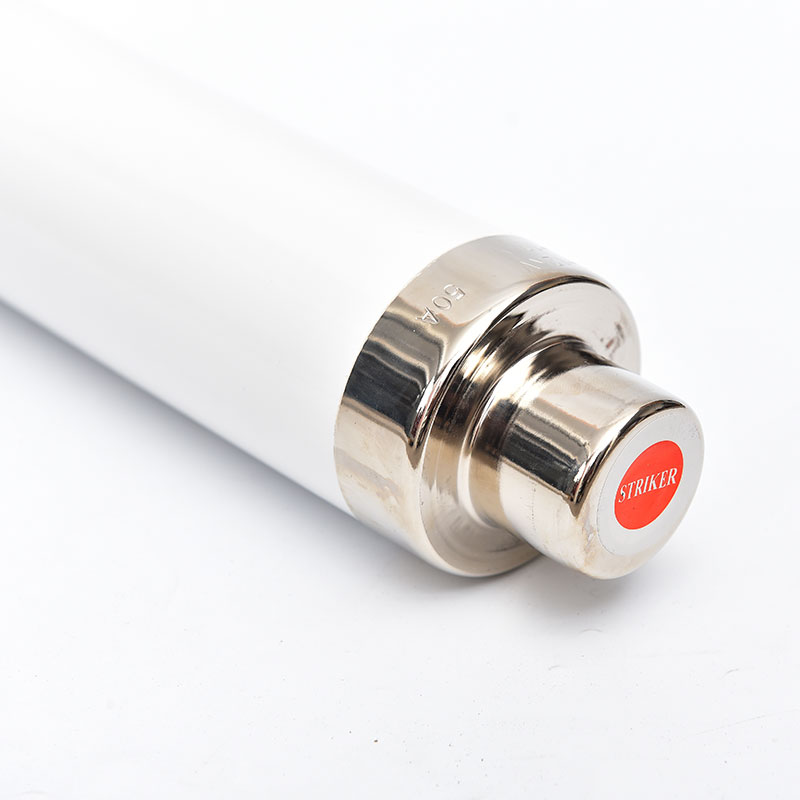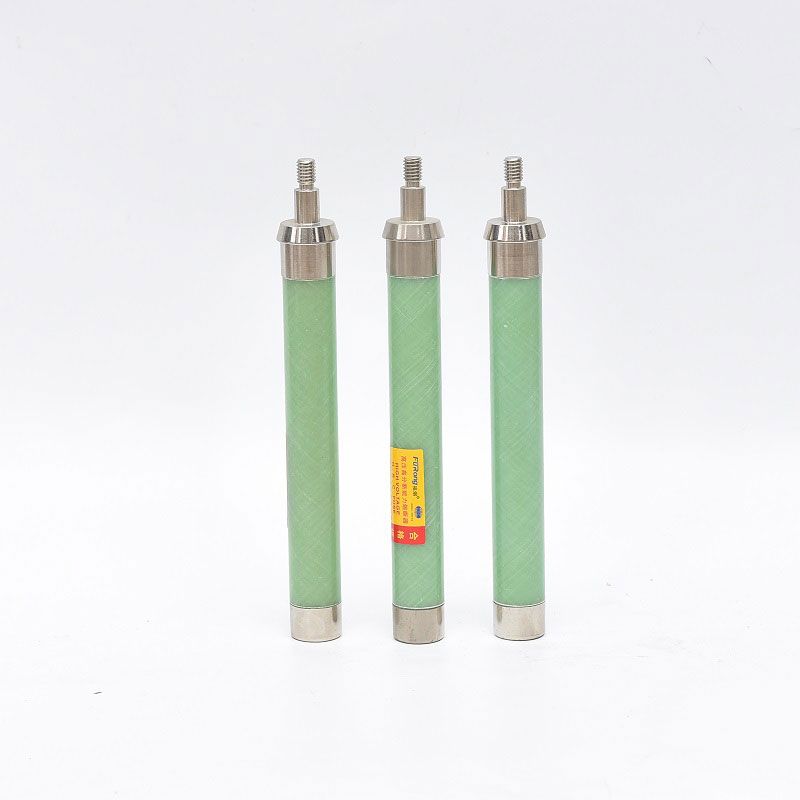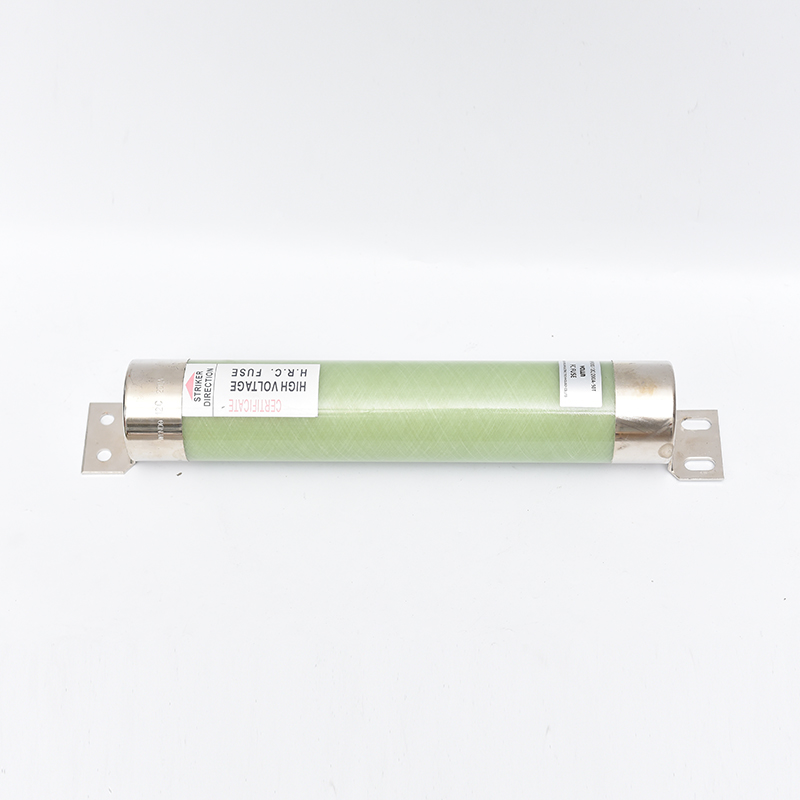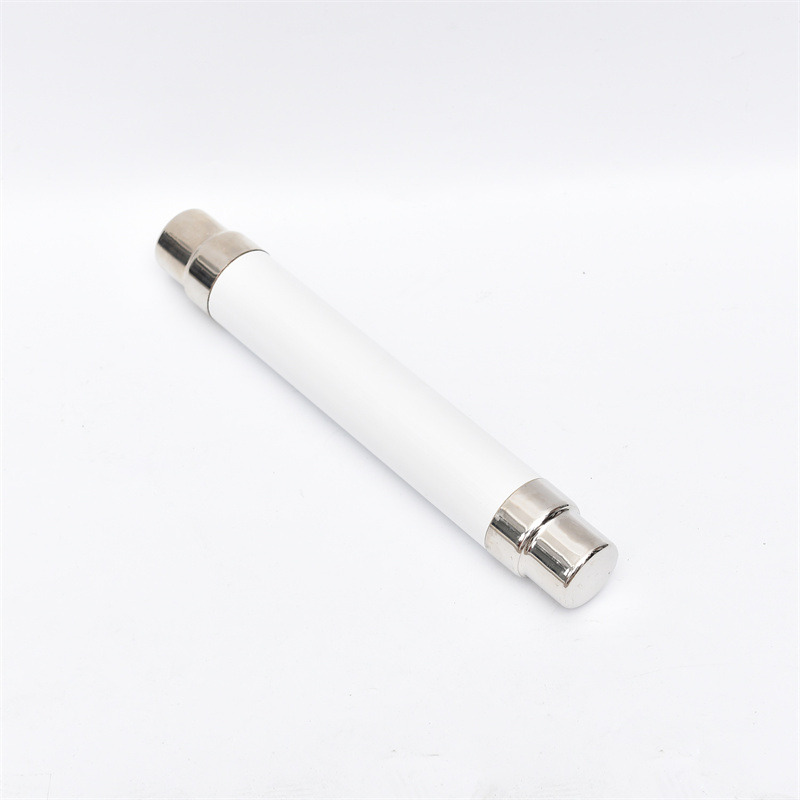Overview
RN10 type high-voltage indoor fuse is used for overload and short-circuit protection of power lines. This fuse has a large cutting capacity and can also be used to protect the branch of the power system. When the short-circuit current of the line reaches the value, the fuse will The line is cut off and is therefore a recommended appliance to protect electrical equipment from damage. (Passed the type test of the National High-voltage Electrical Appliance Quality Supervision and Testing Center, and the product complies with GB15166.2 and IEC282-1).
Structure
The RN10 fuse is composed of two pillar insulators, a contact base, a fuse tube, and a base plate. The pillar insulator is installed on the base plate, the contact seat is fixed on the pillar insulator, and the fuse tube is placed in the contact seat and fixed, but the copper caps at both ends are wound around the porcelain tube, and the fuse in the fuse tube is rated according to the size of the current. One or more fuses are wound on a ribbed core (rated current less than 7.5A) or installed in a spiral shape directly in the tube (rated current greater than 7.5A) and then filled with quartz sand, copper caps at both ends are used End caps are pressed and tinned to maintain a seal.
When the overload current or short-circuit current is passed, the fuse is blown immediately, and an arc is generated at the same time, and the quartz sand immediately extinguishes the arc. When the fuse is blown, the pull wire of the spring is also blown at the same time and pops out from the spring, which indicates the fuse. to complete the task.
Instructions for use
RN10 indoor filled quartz sand fuse, suitable for:
(1) The altitude is not higher than 1000 meters.
(2) The temperature of the surrounding medium is not higher than +40℃, not lower than -40℃.
Type RN10 fuses cannot work in the following environments:
(1) Indoor places with relative humidity greater than 95%.
(2) There are places where there is a danger of burning goods and explosions.
(3) Places with severe vibration, swing or impact.
(4) Areas with an altitude of more than 2,000 meters.
(5) Air pollution areas and special humid places.
(6) Special places (such as used in X-ray devices).

